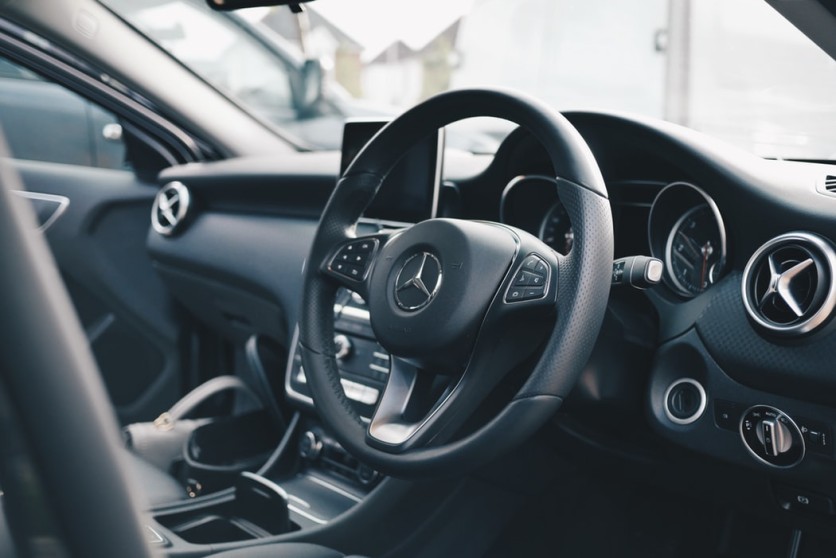
On Thursday (Dec. 12), the Federal Communications Commission (FCC) endorsed a new communications technology called C-V2X that allows self-driving cars to talk with one another. The endorsement offers a non-exclusive right to the emerging networking technology to use the 5.9GHz frequency range.
In a unanimous decision, the commission suggested dividing radio airwaves in the 5.9GHz (5.850-5.925 GHz) band. According to the proposal, C-V2X will be given permission to use the frequency range, but the FCC will also free up some radio spectrum for unlicensed use.
Radio spectrum is a resource vital in mobile networks, Wi-Fi, and Bluetooth. Long-range telecommunications, as well as fire and police department networks, also rely on the spectrum for innovation. Unlicensed spectrum is free for all and can be used at the same time, while the licensed spectrum is protected and offers more reliable services.
FCC's 'Balanced Approach' to Radio Spectrum
In the official statement published on Thursday, FCC explains that they seek "to achieve a balanced approach that will both improve automobile safety and unleash more wireless innovation for the benefit of the American people."
The commission's endorsement was prompted by the advent of new transportation and communication technologies, as well as the rising demand for unlicensed radio spectrum use. The slow deployment of the Dedicated Short-Range Communications (DSRC) was also a major factor in the decision.
For the past 20 years, the entire 75 megahertz of the spectrum have been reserved for DSRC, a radio technology designed to support vehicle-related communications. Failure to deploy the technology has left the commission with no choice but to carve off the radio airwaves for both private and public use.
In the Notice of Proposed Rulemaking (NPRM), FCC proposes to designate the lower 45 megahertz of the band for unlicensed uses and the remaining 30 megahertz for use by transportation and vehicle safety-related communication services.
The commission also proposed to provide exclusive access to Cellular Vehicle to Everything (C-V2X) to the upper 20 megahertz of the band. The NPRM is still awaiting the commission's decision on whether to reserve the remaining 10 megahertz for use by DSRC or to dedicate it for C-V2X use.
FCC is still gathering comments and reviews for the proposal and will announce the timeline for the finalization soon.
About the C-V2X Technology
C-V2X is a two-year-old communications technology that seeks to run on the incoming 5G technology to make autonomous vehicles smarter by linking them to one another, traffic signals, and other roadside gears.
The C-V2X has a growing alliance with major players that span several industries, from auto, electronics, tech, and more. It is currently being backed by the 5GAA, which has 120 members, including major carmakers Audi, BMW, Ford Motor, Honda, Hyundai, Nissan, Volkswagen, and Volvo. Tech companies, like Intel and Qualcomm, and carriers, such as AT&T, T-Mobile, and Verizon, are also members.
ⓒ 2025 TECHTIMES.com All rights reserved. Do not reproduce without permission.




